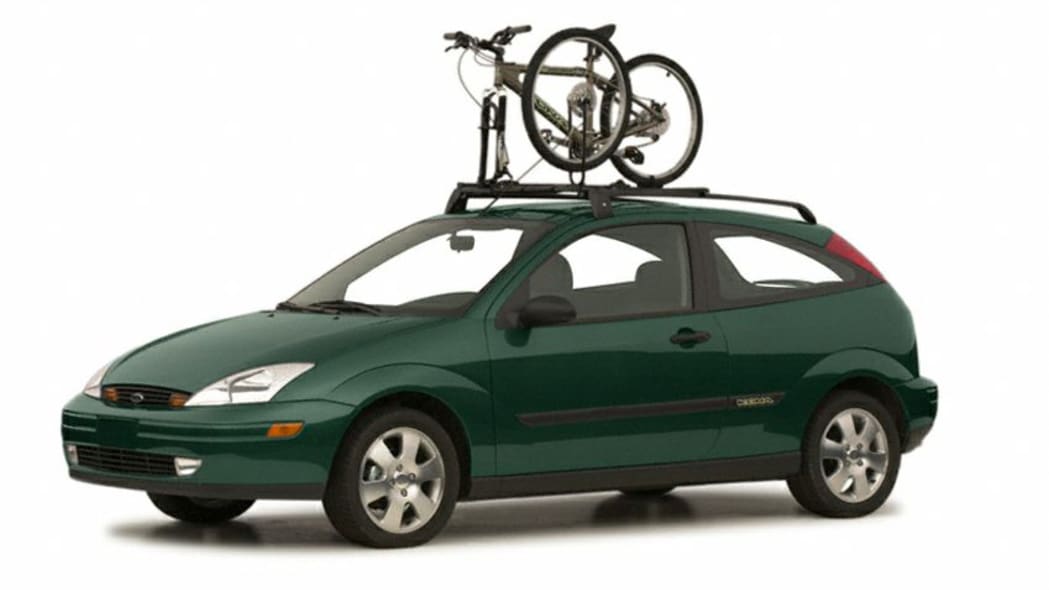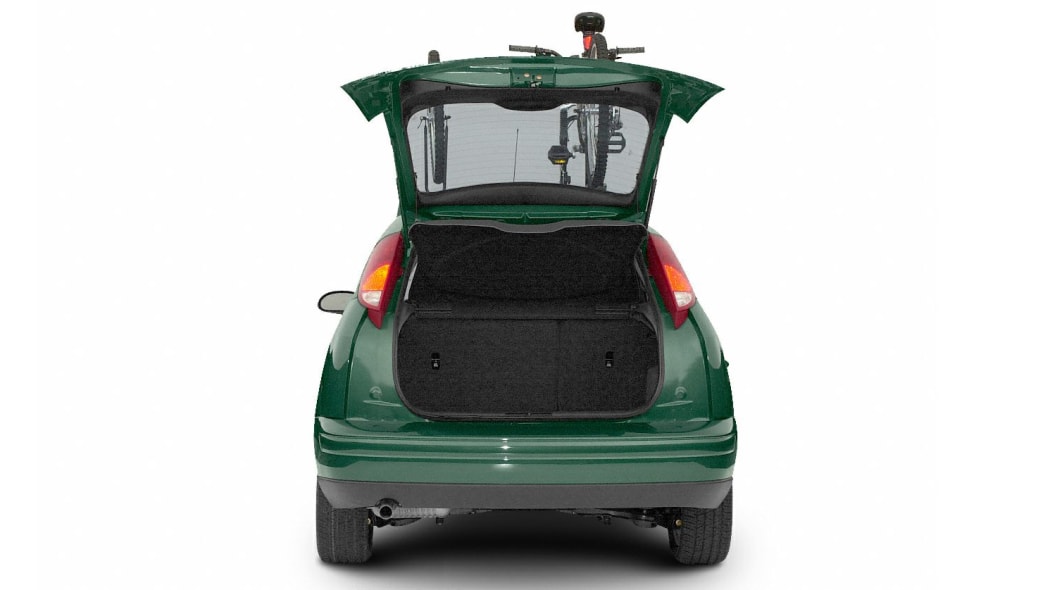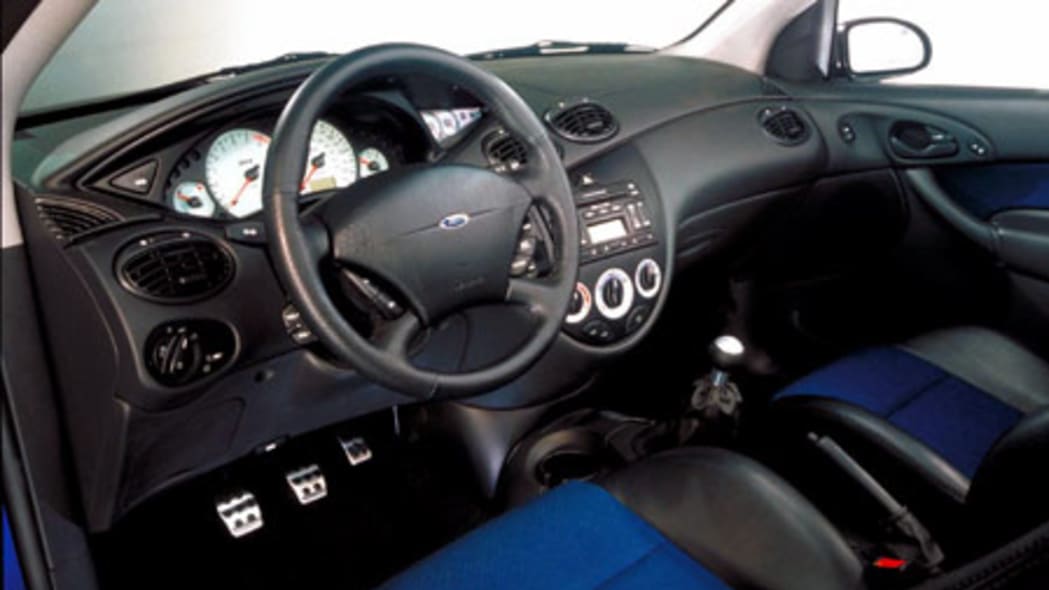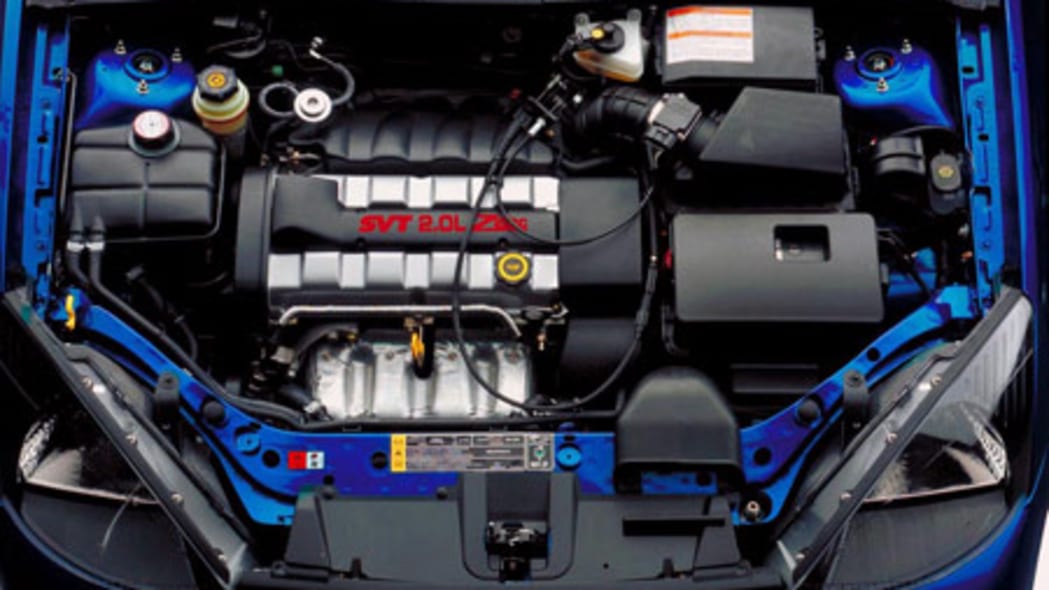The 1999 Ford Focus was a bit of an odd duck. While it proudly wore an American manufacturer’s badge and was assembled in Wayne, Michigan, for the U.S. market, it was primarily a product of Ford’s European arm, where it needed to compete with the likes of the Volkswagen Golf and other established compact staples.
This ostensibly American compact was also heavily influenced by global arms of the then-larger Ford empire. Mazda played a significant role in development of the Duratec series of four-cylinder engines that would power later examples of the first-gen Focus and its engineers (along with Volvo’s) had a hand in improving the Focus chassis for its second generation. That car was never sold in the U.S., but the platform underpinned both the first-generation Mazda3 and various compact Volvos.
Why the Ford Focus?
This is a question some ask with a degree of incredulity, and admittedly with some degree of validity. At no point in its life did the Focus enjoy a sterling reputation for reliability or durability, but as with many rules, this one has exceptions. But before we get to that, let’s talk about why you’d want one in the first place.
The Ford Focus offered modern engines, a compact independent rear suspension that offered both exceptional handling and ride quality right up there with the Honda Civic, plus a dizzying array of form factors with some extra tricks that made it surprisingly practical. Straight out of the gate, the Focus was offered in both three- and five-door hatchback models, a four-door sedan and a five-door wagon, and a coupe model would come later. The Focus was designed with fold-flat rear seats (with forward-pivoting base cushions) that create an immense load space in the rear, especially in the hatches and wagon.
Power came from a variety of four-cylinders, with the headliner being the SVT hatchback’s 170-horsepower 2.0-liter (which was the only one paired to a six-speed manual). The SVT model also got a handful of aesthetic and suspension upgrades, an optional European appearance package with Recaro seats, and some cool, exclusive colors. Even in its most basic form, though, the Focus was actually quite nice to drive, plus the SVT-spec suspension bolted right up to most early models using only factory components, meaning a little extra sportiness was just a couple hundred bucks and a couple hours of wrenching away.
The Focus marries these compact European touches to all of the classic advantages of owning a mass-produced American car: It was cheap and Ford sold a ton of them, so getting them serviced (and sourcing replacement parts) is dirt simple.
Which Ford Focus to choose?
Let’s start with the SVT Focus, which was the enthusiast’s choice. It was offered in both the three- and five-door hatch models only, and it was discontinued after 2004, which should narrow your search. Be aware that the six-speed transmission in the SVT models was not known for holding up well to power modifications, so be cautious of super- or turbo-charged cars on the aftermarket. Even at stock power levels, an abused gearbox could be on its last legs.
Stepping down from the SVT, we’d recommend a 2005-2006 model with the five-speed manual (the four-speed auto works fine; it’s just dull). These later cars came with the Mazda-derived Duratec four-cylinder engines, which were upgrades in both efficiency and durability. 2006 was the last year of out-of-the-box SVT suspension compatibility, though kits have been made to adapt it to later models (and body styles not intended to accept it, such as the wagon), but at that point, aftermarket may make just as much sense, cost-wise.
A mid-cycle refresh was completed for 2005, so models built from that point on got a nicer interior with improved materials, but it was also the beginning of the end for the variants with the most enthusiast appeal. The wagon and both hatchbacks would disappear before the Focus got a substantial overhaul in 2008, technically marking the end of the first-gen car.
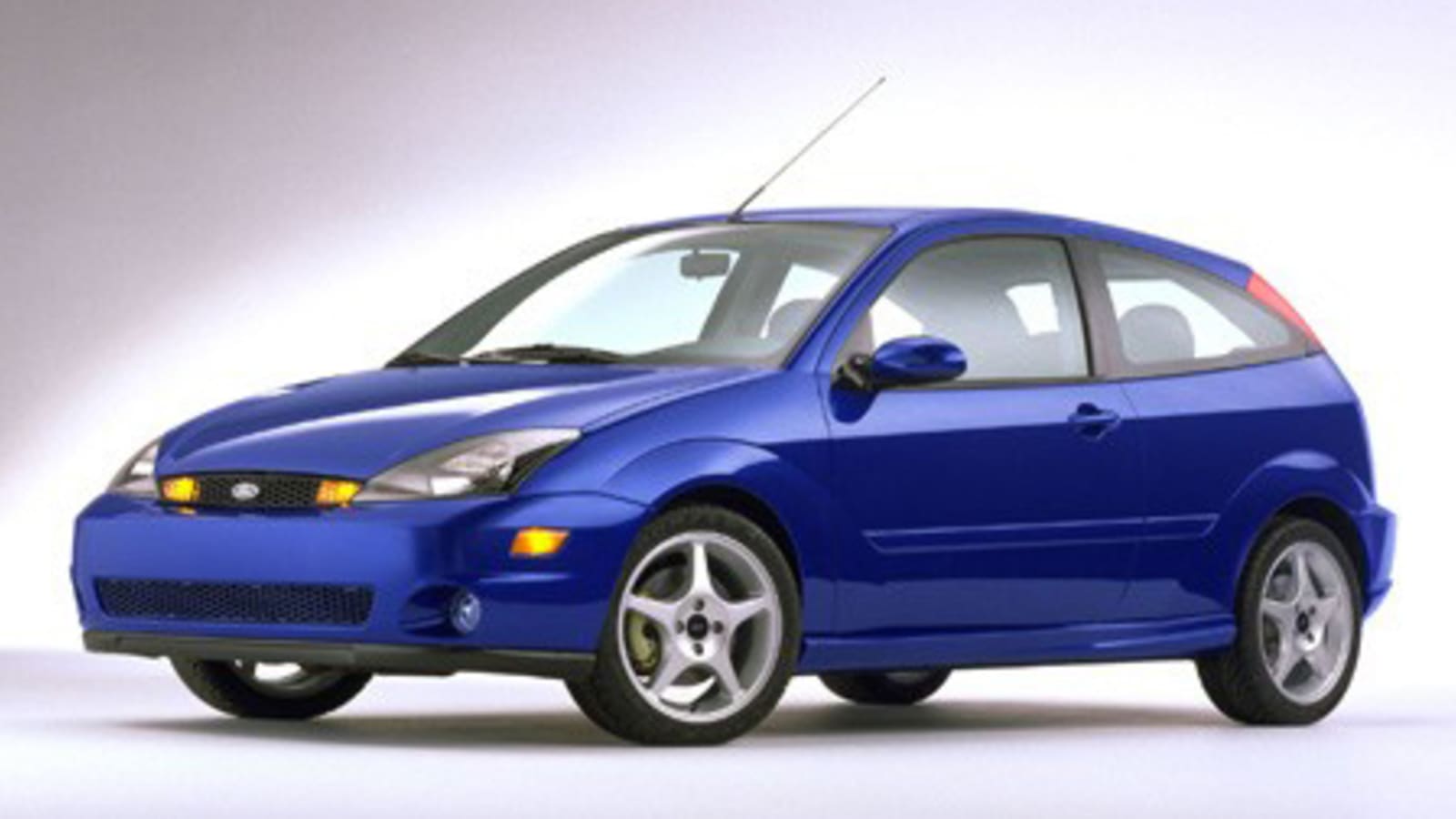
Availability and listings
There’s a first-gen Focus for just about every budget. In the Midwest, a well-used and rusted example could probably be had for a case of beer and a rifle magazine, but expect to pay at least a couple thousand dollars for a straight, running car. The SVT commands a premium, and as unmolested examples rust, wreck and retire, demand continues to rise. Clean SVTs can command $10,000 (or more) from the right buyer.
Our used vehicle listings can be helpful to find a good deal near you. Narrow the offerings down by a radius around your ZIP code, and pay attention to the deal rating on each listing to see how a vehicle compares with others in a similar area.
What else to consider
If you’re shopping for an older compact, you have tons of options. For hatches, we’d recommend an early Mazda3 or fifth-generation Volkswagen Golf as a contemporary alternative. The older Mazda Protégé5 and seventh-generation Honda Civic Si hatchback will also do quite nicely, especially if you want an alternative to the peppy SVT. The Matrix was also offered with a high-revving four-cylinder if you prefer Toyota reliability, but it will come at a cost.
If you’re looking for a sedan, that changes things a bit. The Jetta’s enthusiast appeal comes with a higher price and reliability no better than any given Focus’ (or worse, especially if you’re looking at a fourth-generation car with the 1.8-liter turbo). The Civic drives about as well, but will cost quite a bit more; the Corolla of the time was pretty dull apart from the XRS, and even then, the aforementioned Matrix is far more interesting despite their identical underpinnings.
The beauty of shopping for an old compact is that there are plenty to choose from, and it really comes down to your needs and budget.
Related video:


